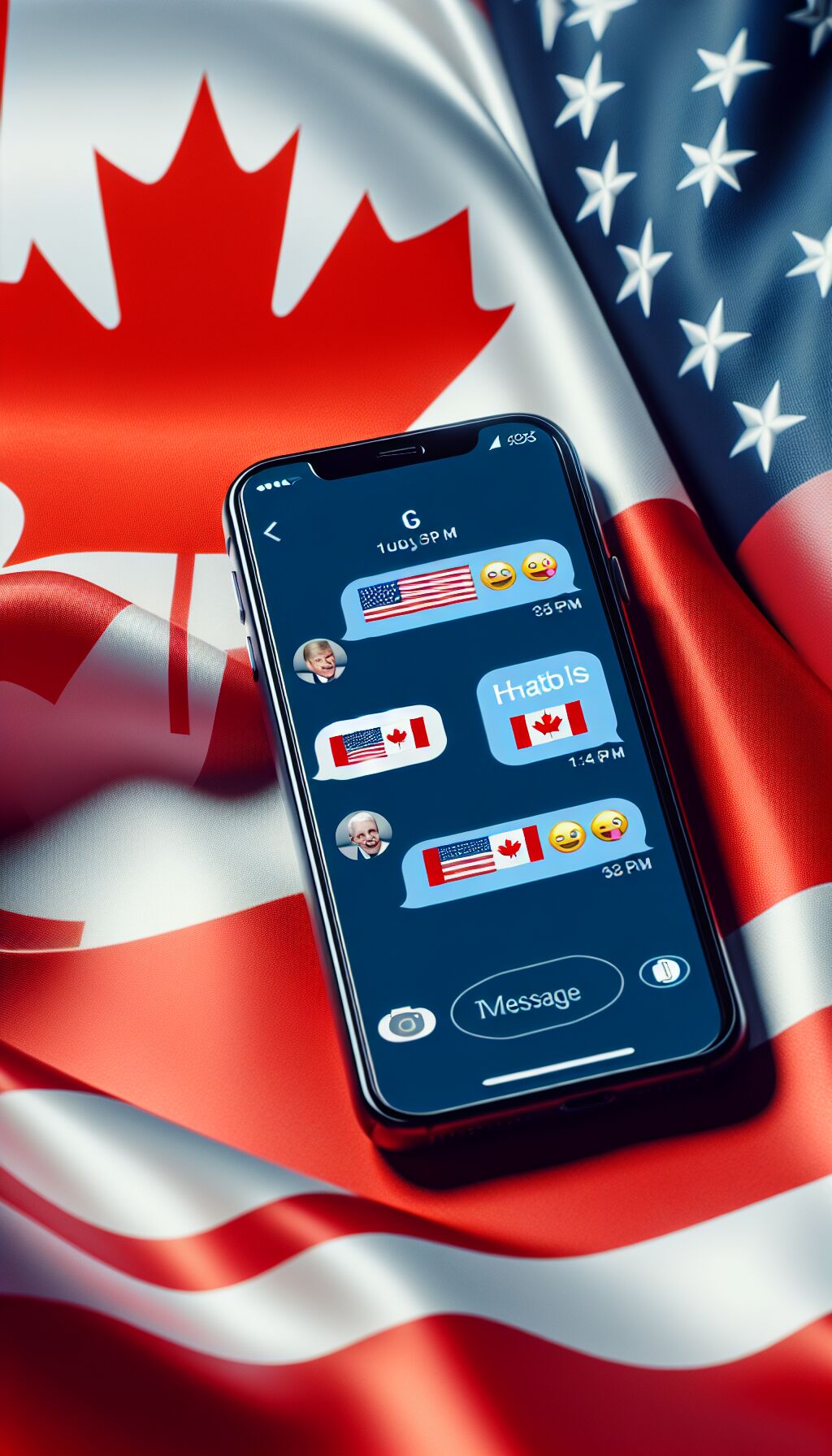Trump Pauses Tariffs on Canadian Imports Following Trudeau’s Concessions
In a significant diplomatic maneuver, President Donald Trump announced he would pause the imposition of additional tariffs on Canadian imports for a period of 30 days. This decision came after a critical phone conversation with Canadian Prime Minister Justin Trudeau, who made several concessions aimed at temporarily alleviating the threat of levies against Canadian goods.
Crucial Call Ahead of Tariff Deadline
The phone call occurred on Monday, just hours before a substantial 25% tariff was set to take effect on various Canadian goods entering the United States. In a subsequent post on social media platform X, Trudeau outlined Canada’s plan to implement a .3 billion strategy to enhance border control and address the ongoing fentanyl crisis.
Strengthened Border Measures
Trudeau revealed that Canada would bolster its border security through the introduction of new helicopters, advanced technology, additional personnel, and improved coordination with American authorities. Currently, nearly 10,000 personnel are involved in border protection efforts across Canada.
In his update, Trudeau emphasized the seriousness of the situation: “We will list cartels as terrorists, ensure 24/7 eyes on the border, and launch a Canada-U.S. Joint Strike Force to combat organized crime, fentanyl, and money laundering.” Alongside that, he mentioned a new intelligence directive targeting organized crime and fentanyl, which will be supported by a further investment of 0 million.
A Temporary Respite
“Proposed tariffs will be paused for at least 30 days while we work together,” Trudeau added, highlighting the collaborative efforts between the two nations. This brief cessation of tariffs allows both countries time to negotiate and address critical border issues that have heightened tensions in recent months.
Trump’s Concerns on Border Security
President Trump has consistently voiced his concerns regarding Canada and Mexico’s efforts to mitigate the flow of illegal migrants and illicit drugs, particularly fentanyl, into the U.S. He has claimed that the U.S. is subsidizing Canada to the tune of 0 billion annually, a figure he cites to underscore what he views as an unfair trade relationship.
Ensuring American Safety
On Saturday, from his official briefing, Trump reiterated, “We need to protect Americans, and it is my duty as President to ensure the safety of all.” He referenced his campaign promises and the overwhelming support from Americans to combat what they perceive as a crisis of illegal immigration and drug trafficking.
Mexican Response and Regional Tensions
In a related development, Mexican President Claudia Sheinbaum announced the deployment of 10,000 troops to the U.S.-Mexico border in response to the looming tariff threats. This move underscores the escalating tensions not just between the U.S. and Canada but also between the U.S. and Mexico, indicating a regional response to Trump’s protectionist policies.
Impending Tariffs on Various Goods
Trump had indicated his intent to impose a wide-ranging set of tariffs: a 25% tax on all goods imported from Canada and Mexico, alongside a 10% tariff on Canadian energy resources and similar rates on imports from China. The tariffs, which were originally slated to kick in by midnight, reflect Trump’s broader strategy to prioritize American interests in trade and economic relations.
Provincial Reactions to Tariff Threats
The proposed tariffs have sparked swift reactions from various leaders within Canada. In particular, officials from multiple provinces have expressed their commitment to countering American products, with some pledging to remove American alcohol from store shelves as a response to the tariff threats.
Conclusion
As the 30-day pause on tariffs unfolds, it remains to be seen how Canada and the U.S. will navigate their trade relationship amid ongoing concerns surrounding border security, drug trafficking, and economic fairness. The collaborative measures announced by Trudeau may pave the way for a more comprehensive dialogue on these pressing issues, yet the specter of tariffs continues to loom over future trade discussions.
For ongoing updates and developments regarding U.S.-Canada relations, stay tuned to reliable news sources.
This HTML document presents the key elements of the article in a structured format suitable for online publication, employing headings and subheadings for easier navigation and better readability.









